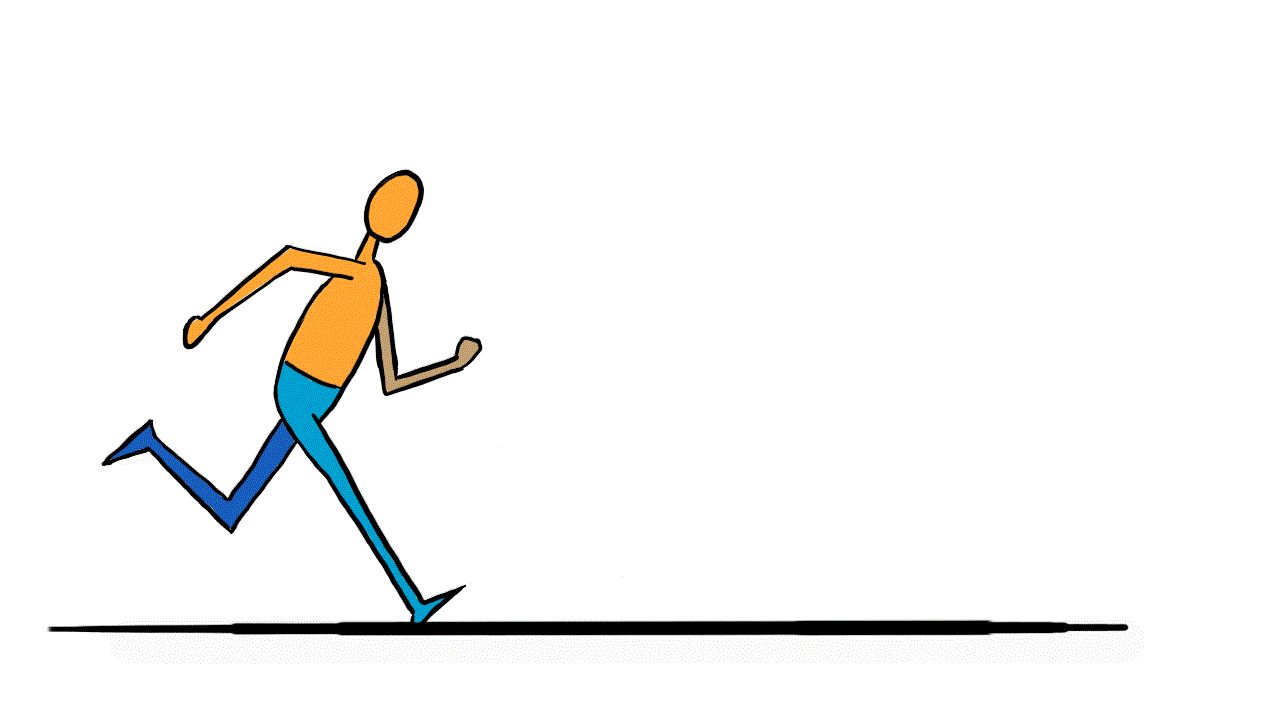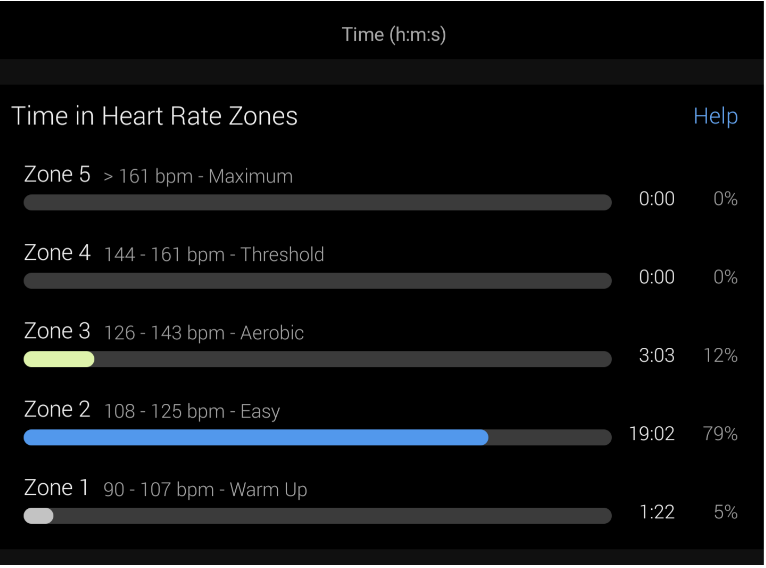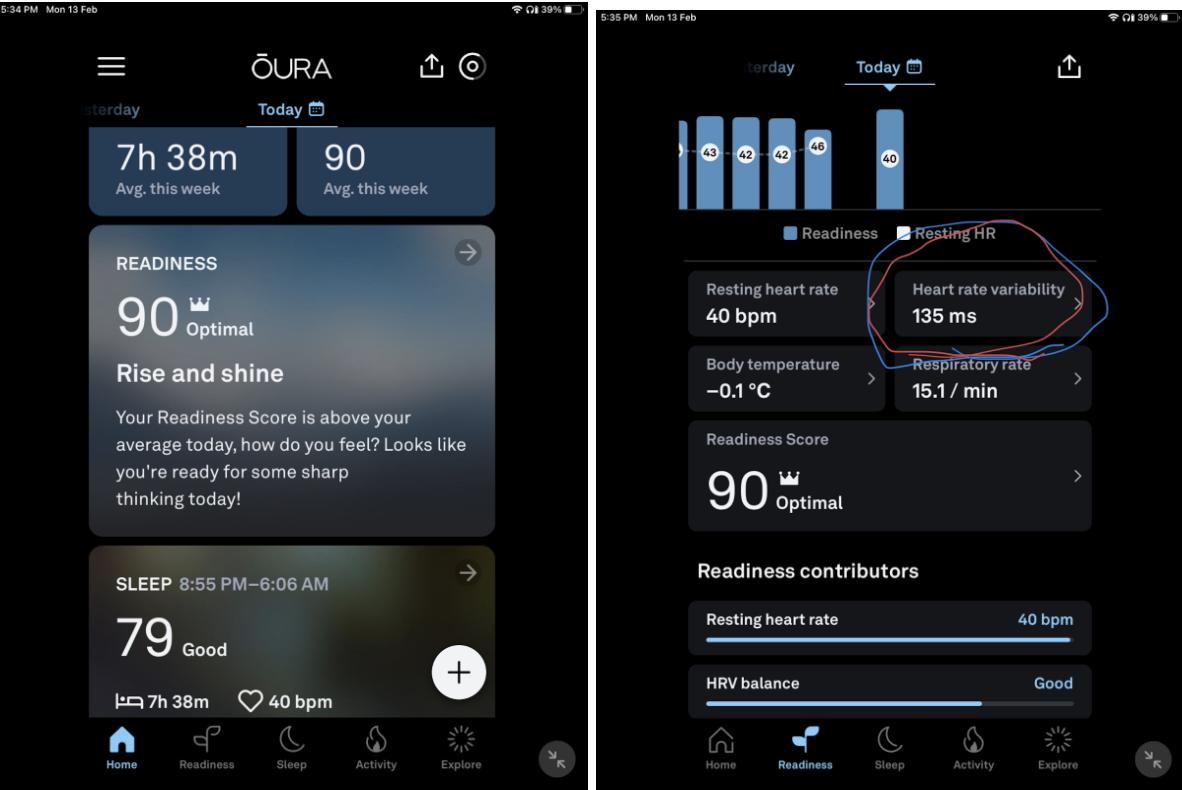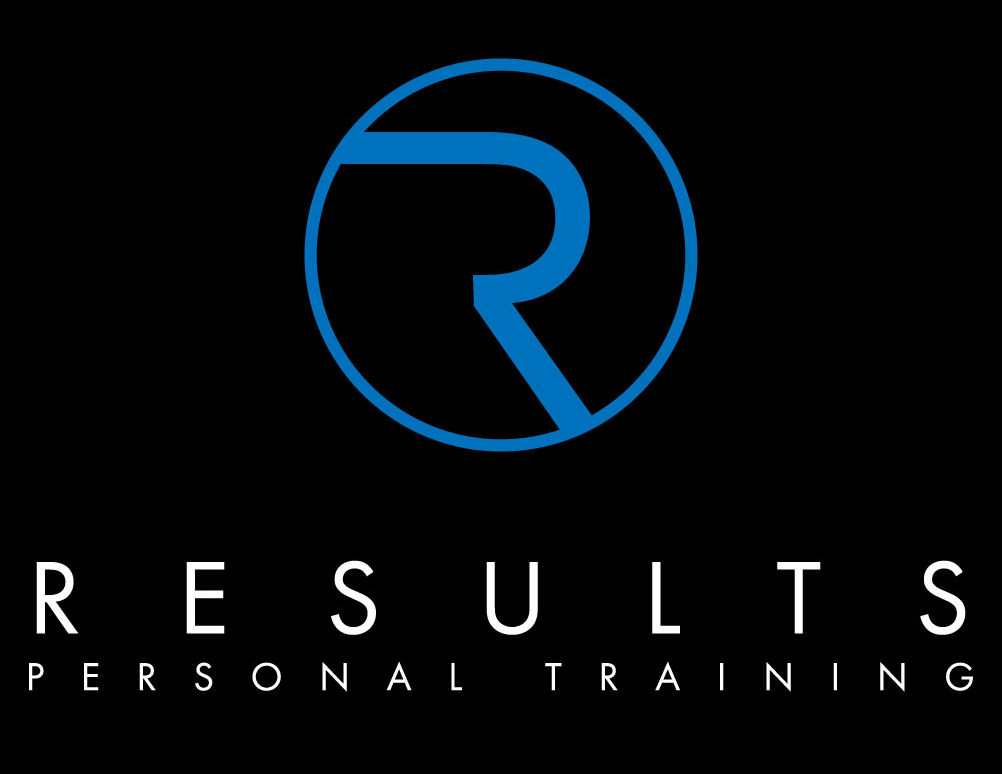Zone 2 Training

So firstly, what exactly is an “aerobic base”?
Google defines it as – the ability to complete the desired time over distance for an event while maintaining aerobic ATP production. It’s the ability to go as far as necessary as fast as desired. So why is this beneficial in a workout regime? 1. You are able to recover in between reps faster, which will allow you to do higher rep sets more easily. 2. You are able to recover between sets faster, which means you can do more work in less time. 3. You are able to recover between workouts faster, which means you will be less fatigued for your next workout. Not only that, but building your aerobic base and improving your cardio is just healthy overall for quite literally everything. So there.
What’s the best way to build your aerobic base?
Contrary to popular belief it’s not high intensity interval training (HIIT) but actually lower intensity done at a steady state – commonly referred to as “zone two training”. Training at 60-70% of your max heart rate for 20 to 40 minutes once to twice per week will provide massive benefits for all your strength training needs.


1. Zone 2 training is simply just healthy for you.
One of the main reasons for this is because zone 2 increases the number of mitochondria, increases mitochondrial efficiency and increases metabolic flexibility. Mitochondria is the powerhouse of our cells, the healthier your mitochondria are the healthier you are. Poorly functioning mitochondria is nearly always seen in people with heart disease, type 2 diabetes, dementia, cancer and so on.
2. Zone 2 training burns more fat compared to training in zones 3,4 and 5 (but there are some caveats to this).
Poorly trained, unconditioned or those with insulin resistance are generally very poor at using fat as their main source of fuel and often end up burning glucose as their primary source of fuel. Zone 2 training allows them to use fat as an energy source for longer and more efficiently On the flip side of this coin, those that have some level of fitness will typically burn more fat at a higher intensity. This is because at a higher intensity you will burn more calories and though many of those calories will be utilised from glucose there are still many that will be burned from fat. Here is what this could look like : Scenario 1 – 40 minutes of zone to training (you burn 250 calories of which 100% is from fat) Total = 250 calories from fat Scenario 2 – 40 minutes of high intensity training (you burn 500 calories of which 68% is burned from fat) Total = 340 calories from fat Though zone 2 will burn more fat (as a %) it is always dependent on how much time you have available. If you have hours and hours spare each week then do more zone 2 but if like many you are limited for time then doing both zone 2 and some higher intensity work will serve you well.
Here is how I use my zone 2 training
As a general rule I am for around an hour of zone 2 each week. These are typically split into 2-3 sessions per week. I use my Oura ring combined with a subjective fatigue scale to help me decide on the workout for the day. For example if I have had a poor night sleep because the kids have decided that Tuesday night would be good for a rave and thought it would be fun to play “I’m a Barbie girl” at 2 am then chances are my Heart Rate Variability (HRV) and my readiness score are rubbish. If this is the case I then ask myself how I feel on a fatigue scale of 1-10 (1 being diabolical) .


Recent Comments